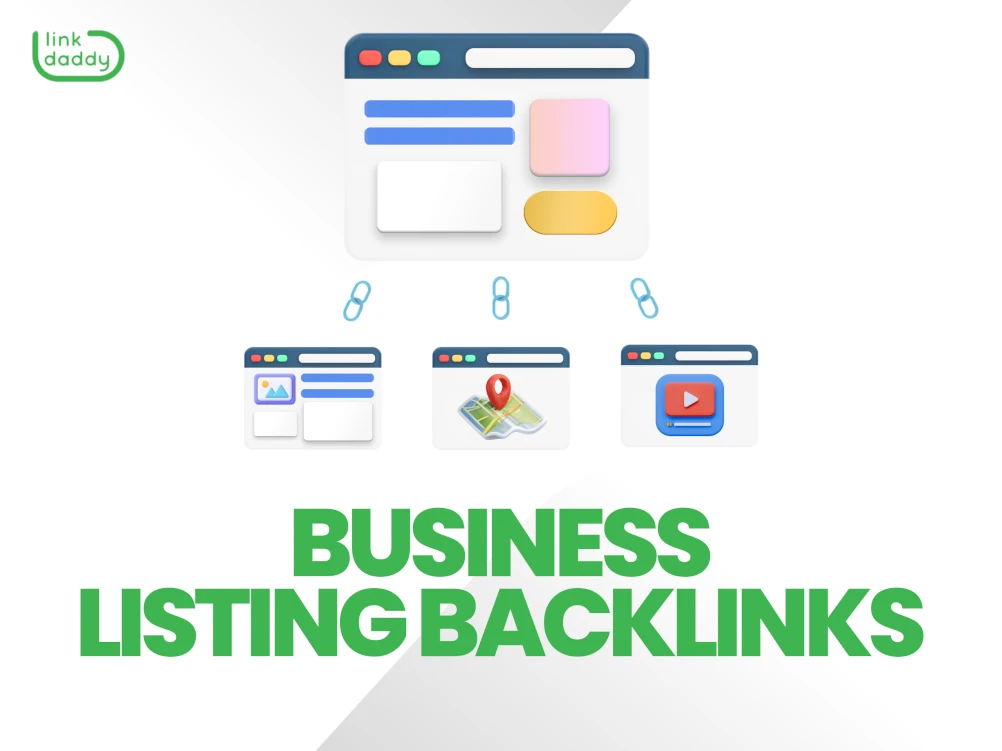Comprehending the Various Kinds Of Cloud Services and Their Uses
In today's electronic landscape, the realm of cloud computing offers a diverse variety of solutions that satisfy the requirements of organizations and individuals alike. From Facilities as a Service (IaaS) to Software Program as a Solution (SaaS), each kind of cloud solution serves an one-of-a-kind function and offers unique benefits. Comprehending the differences in between these various cloud designs is essential for maximizing operations, enhancing scalability, and making certain cost-efficiency in a significantly interconnected world. By checking out the nuanced capabilities and applications of each cloud service, one can navigate the complexities of cloud computing with precision and insight.
Infrastructure as a Solution (IaaS)
Infrastructure as a Solution (IaaS) offers users with virtualized computer sources over the internet on a pay-as-you-go basis. This cloud computer design delivers vital IT facilities such as virtual makers, storage, and networking without the demand for organizations to buy and handle physical servers and data facilities. With IaaS, individuals can scale sources up or down based on their needs, providing versatility and cost-efficiency.
Among the crucial benefits of IaaS is its capability to rapidly stipulation and deploy facilities components, allowing services to respond swiftly to altering demands and market problems. By outsourcing infrastructure management to the company, companies can concentrate a lot more on their core service tasks instead than taking care of the complexities of hardware upkeep and upgrades.
Furthermore, IaaS uses a high degree of reliability and safety and security, with providers generally using durable data back-up, disaster recuperation, and cybersecurity steps. This aids ensure that essential company operations remain continuous and data remains shielded against potential threats. universal cloud Service. In general, Framework as a Solution streamlines IT procedures, enhances scalability, and decreases capital investment for companies of all dimensions
Platform as a Service (PaaS)
Structure upon the structure of Infrastructure as a Solution (IaaS), System as a Service (PaaS) uses a thorough atmosphere for developers to develop, deploy, and manage applications without the complexities of underlying facilities monitoring. PaaS gives a platform with tools and services that improve the development procedure, enabling developers to concentrate on composing code and building applications rather than managing infrastructure concerns.

Software Application as a Service (SaaS)
Software as a Service (SaaS) revolutionizes the method companies gain access to and make use of software applications by supplying them on a registration basis through cloud service providers. This cloud computer version eliminates the demand for companies to preserve and set up software on specific gadgets, as everything is organized and taken care of centrally in the cloud.
SaaS supplies an affordable service for organizations as they only pay for the software program they utilize without the included expenditures of equipment upkeep or software application updates. It additionally uses scalability, permitting business to quickly change their software application requirements based on their requirements.
In addition, SaaS applications can be accessed from any kind image source of tool with an internet link, advertising cooperation and flexibility among remote teams. Protection is a top concern in SaaS, with providers implementing durable procedures to safeguard data kept in the cloud.
Popular instances of SaaS consist of client relationship management (CRM) software program like Salesforce, efficiency tools like Microsoft Office 365, and partnership systems like Google Work area. SaaS continues to gain grip in the organization world due to its cost-efficiency, scalability, and convenience.
Feature as a Service (FaaS)
With the evolution of cloud services like Software program as a Solution (SaaS) enhancing software program distribution, Feature as a Service (FaaS) stands for a paradigm shift in exactly how code is implemented in a serverless setting. FaaS enables developers to write and implement individual functions or items of code in response to details events without the need to take care of the infrastructure. This serverless computer design allows designers to focus exclusively on writing code to implement particular capabilities, without worrying themselves with the underlying infrastructure or server management.
Functions are executed in stateless containers that are spun up and down as required, making certain optimum source use and cost-effectiveness. By abstracting the facilities layer, FaaS streamlines growth, speeds up time to market, and boosts total dexterity in deploying cloud-native applications.
Storage Space as a Solution (STaaS)
A basic component in cloud computing, Storage as a Solution (STaaS) gives customers with a scalable and effective remedy for managing information storage requirements. STaaS allows companies to store and obtain information from remote servers using the internet, removing the demand for on-premises hardware. This service offers flexibility by allowing individuals to pay only for the storage space they use, making it a cost-efficient view solution for services of all sizes.

STaaS is particularly advantageous for businesses with fluctuating storage demands, as it provides a reliable and secure storage solution without the requirement for significant upfront financial investments. By leveraging STaaS, companies can improve their data administration procedures, boost accessibility, and improve data security in an inexpensive way.

Final Thought
Finally, understanding the various sorts of cloud services and their uses is vital for businesses and individuals seeking to utilize the advantages of cloud computer. Each sort of cloud solution uses distinct advantages and functionalities, accommodating certain demands and needs. By using the appropriate cloud solution, companies can boost their efficiency, scalability, and versatility in handling their IT facilities and applications. It is critical to evaluate the details needs and objectives prior to selecting the proper cloud service for optimal performance.
From Infrastructure as a Solution (IaaS) to Software as a Service (SaaS), each kind of cloud service serves a special objective and offers distinct advantages. cloud services press release. By exploring the nuanced functionalities and applications of each cloud solution, one can browse the complexities of cloud computing with accuracy and insight
With the advancement of cloud services like Software application as a Service (SaaS) enhancing software distribution, Function as a Solution (FaaS) represents a standard shift in how code is executed in a serverless atmosphere.In find this final thought, recognizing the different kinds of cloud solutions and their uses is important for companies and people looking to leverage the benefits of cloud computing. By using the appropriate cloud solution, companies can improve their efficiency, scalability, and adaptability in handling their IT infrastructure and applications.
 Jennifer Grey Then & Now!
Jennifer Grey Then & Now! Rider Strong Then & Now!
Rider Strong Then & Now! Amanda Bynes Then & Now!
Amanda Bynes Then & Now! Nancy McKeon Then & Now!
Nancy McKeon Then & Now! Batista Then & Now!
Batista Then & Now!